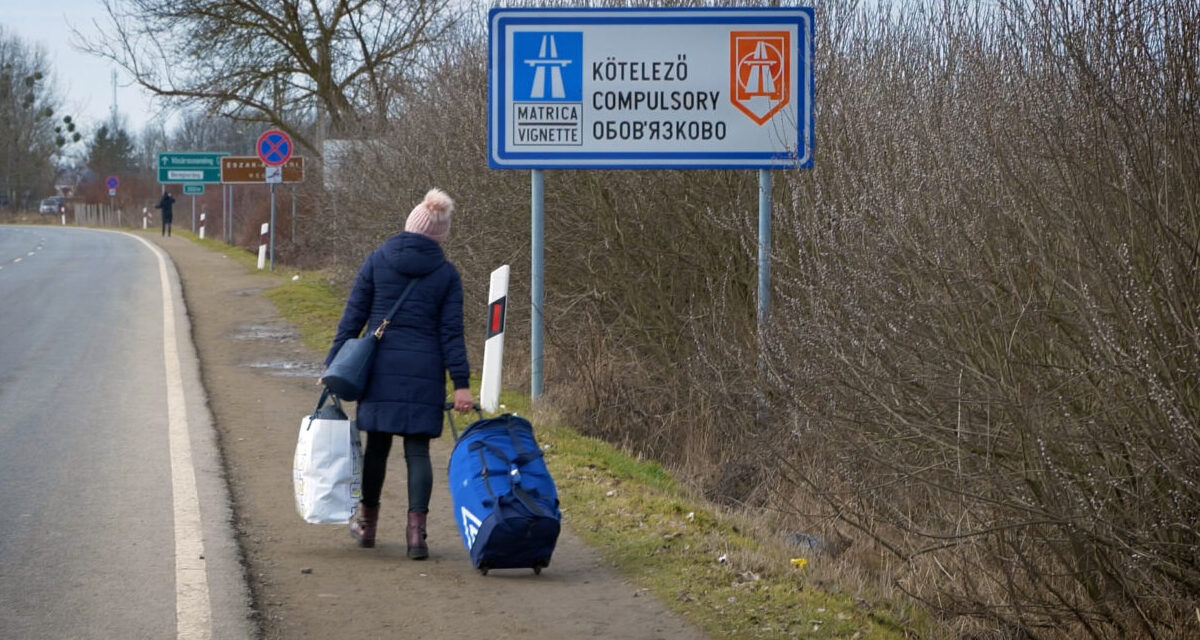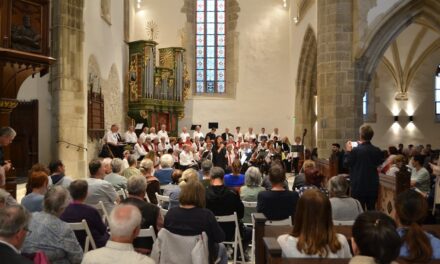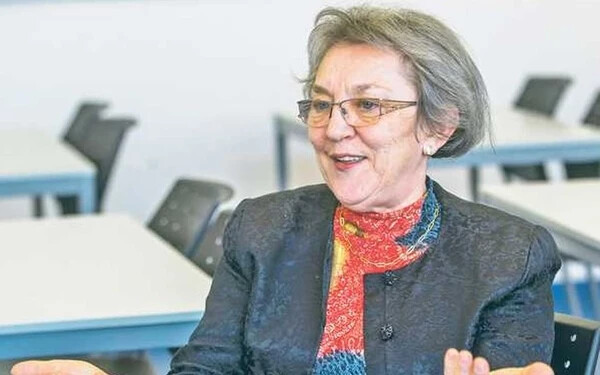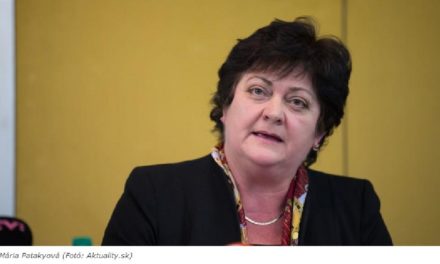In vain, the Transcarpathian Hungarians asked the authorities to ensure free movement in their homeland.
Less than a month from now, a so-called border lane permit will be introduced in Transcarpathia. The goal is that fewer people try to escape west from the summoner. The number of checkpoints in the border areas of Subcarpathia is increasing, where almost every third settlement faces a barrier for those driving there.
A checkpoint was set up at the Onokóc border near Ungvár.
Armed Ukrainian soldiers, police and border guards check every car passing through it. The situation is similar at the Kígyós checkpoint near Beregszász, where, in addition to the border guard, men from the auxiliary command are often present.
Last December, the Ukrainian government decided to introduce a so-called border lane permit, according to which anyone who lives in a five-kilometer zone next to the country's border will also need a special permit to stay freely on lands belonging to settlements.
If someone were to go to work or visit relatives in another border district, they would also need a permit.
"People living in the Ungvár district must also apply for a permit. And if someone were to go to the Munkács district to visit relatives, then when applying for the permit, they must enter the reason for visiting relatives and how long they plan to visit them, i.e. a week or a month and so on. It is important to note that the application must be submitted at least ten days before the planned trip so that the border guard can process it and issue the necessary permit," said Ukrainian border guard lieutenant colonel Viktor Kovaljuk.
The measure, which came into effect on the first of May, was devised to filter out illegal border crossings, as more and more conscripts are fleeing the war to the west via the green border.
In addition, on Tuesday, President Volodymyr Zelenskyi signed the law, which lowers the minimum age for mobilization from 27 to 25 years, because until now, those between 25 and 27 could only be called up for military service, but from now on they can also be mobilized.
Because of this, the number of people trying to escape is expected to increase.
However, the decree may make the everyday life of the locals more difficult. The Association of Subcarpathian Border Local Governments and the Subcarpathian Hungarian Cultural Association (KMKSZ) therefore recently sent a letter to Ukrainian Prime Minister Denisz Smihal asking that the ID card be sufficient for those with a local address to move freely in the region.
It is absurd that the deep-rooted Transcarpathians should also need a special permit. Kyiv rejected this.
Karolina Darcsi, spokeswoman for KMKSZ, emphasized that the restriction of free movement could also be considered unconstitutional. The response to the letter from the ministry was that they would not make exceptions for certain counties, but that the same regulations would apply to each county.
"We trust that, despite this, there will be relief, and the free movement of the population will be resolved," he added.
According to Viktor Mikita, the military governor of Subcarpathia, everyone has a duty to obey the law, since this is the only region of Ukraine where a curfew has not been imposed.
At the same time, checkpoints can complicate everyday life in Subcarpathia, so it is important to establish proper communication between the sub-regions and the inspection bodies.
"The mayors themselves can collect requests for permits from the population and take them to the border guards, who then issue them. Many businesses operate in the areas of the settlements in the border zone, and the necessary conditions must be created there so that the workers can move around freely," said Viktor Mikita.
According to the Ukrainian authorities, liberties are not infringed by movement subject to a permit. However, they also drew attention to the fact that hikers near the rivers and forests of the region will also need a permit, otherwise they can expect to be fined.
Cover image: The Beregsurány border crossing
Source: YouTube













